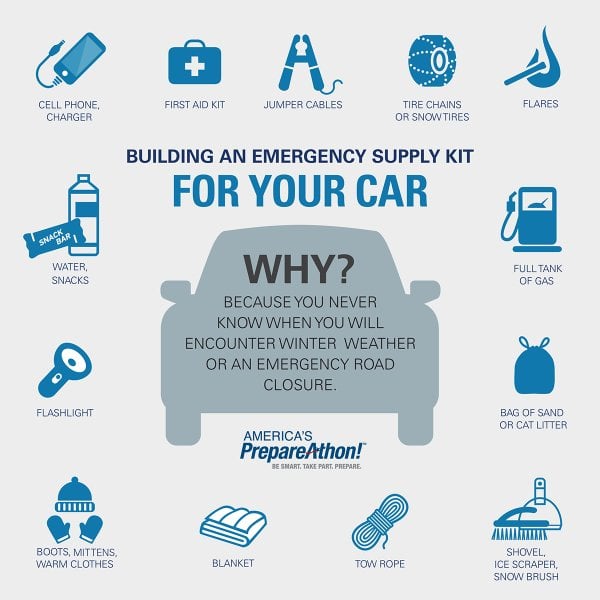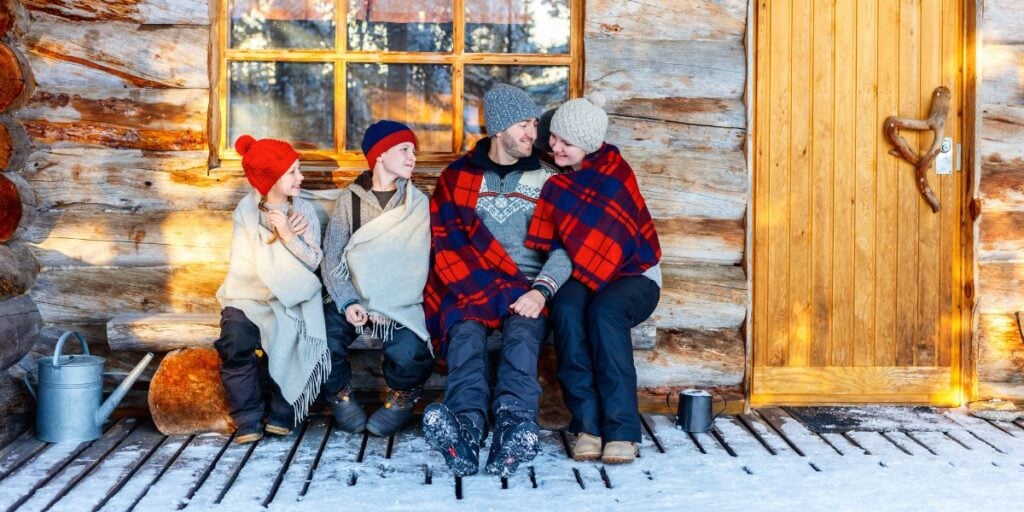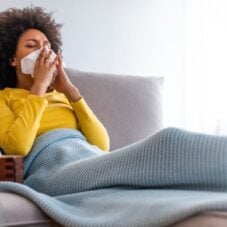Immunity
Winter Safety Tips: Cold Weather Protection For Your Family And Home
Winter is coming! Game of Thrones fans may get goosebumps whenever they hear this phrase. Fortunately, winter in real life isn’t as bad as in Westeros. But while it’s dreamy waking up to snow-white surroundings, there’s no mistaking that winter’s breathtaking beauty can also be dangerous. Scroll down as we share 5 winter safety tips to keep your family safe during the most wonderful time of the year!
Table of Contents
Winter safety tip #1 – Boost your immunity
It’s not a myth – more people do get sick in winter. Take the following measures to boost your immunity and save some money, too. Remember, prevention is better than cure. Unforeseen medical expenses can rack up quickly and strain household finances.
* Eat a healthy, balanced diet. Eating warm soup together with the whole family is also a fun and memorable moment. Here are our recipes for mushroom soup, egg drop soup, and bone broth!
* Take immunity-boosting supplements like our Adult Multivitamin and Women’s Prenatal Multivitamin. These can add an extra layer of protection against harmful winter pathogens.
* Exercise regularly. Snow shoveling can be a chore, but it’s also good exercise. If you don’t get a lot of snow in your area or you’d prefer to exercise indoors, check these home workout exercises.
* Get lots of quality sleep. Winter is the perfect time for snuggling under the covers!
* Consider getting your flu shot before winter arrives. And, if you haven’t yet, a COVID booster shot may also help prevent severe infections.
Why do more people get sick in winter?
Your immune system takes a hit during the coldest months of the year, which is when many viruses hit their strides and are at their peaks. There’s a reason why the flu season peaks in winter. More recently, we’ve also seen spikes in COVID cases during winter. Many factors contribute, such as:
- Blood vessels constrict in low temperatures. This means fewer white blood cells (these are part of the body’s immune defense) make it to the respiratory tract, leading to poor response against respiratory infections (1).
- Less sunlight exposure so the body’s not making enough vitamin D, a potent immune-boosting vitamin.
- More people are cramped indoors, which gives viruses and germs more potential victims to inflict damage on!
- The outer covering of viruses solidifies into a gel in freezing temperatures, which helps them withstand the cold, reproduce, and easily travel from one host to another (2).
- Winter’s low humidity and dry air may lead to flu outbreaks (3).
Winter safety tip #2 – Dress for the weather
This may be obvious, but many people forget the weather can quickly take a turn for the worse at the drop of a hat! Temperatures can drop without warning, freezing wind can suddenly blow in your direction, and other unforeseen events can happen.
Being underdressed in winter is a recipe for disaster. Young kids and older adults are especially susceptible to the dangers of extreme cold, specifically frostbite and hypothermia. The body can lose heat so fast that many victims are often caught unaware they’ve gotten frostbite and/or hypothermia!
Here’s an infographic from the CDC that offers practical and life-saving tips on how to dress for winter and recognize signs of frostbite and hypothermia:

Winter safety tip #3 – Winterproof your home
Preventing property damage can help keep your family safe during winter. Heavy snow and freezing wind can do a number on your home, so it’s important to winterproof it before winter sets in.
The easiest thing to do to keep the cold out and the warmth in is to ensure there are no air leaks. You can do this by caulking and weather-stripping all windows and doors in your home. If the gap between the door and the floor is too wide, a door sweep can offer a tighter seal.
Additionally, protecting your water pipes is important. A steady supply of water – no matter the season – is key to survival. Frozen pipes can burst and cause a lot of damage to your home. Check out these tips to prevent pipes from getting frozen and what to do if it does happen.
Also, have a few bags of rock salt or ice melt ready. They can help keep your driveway and walkways safe. This reduces the risk of winter slips, accidental falls, and spinning car wheels.
Winter safety tip #4 – Prepare winter emergency kits
Snowstorms, blizzards, and ice storms pose a threat to people, animals, and property. They can cause injury, frostbite, hypothermia, and even death, especially if you’re stuck outdoors. Roads can get blocked and may take hours before they become passable again.
Preparing emergency kits for your house and vehicle is therefore a must. Your emergency kit should include non-perishable food, water, power banks, batteries, cash, flashlights, extra clothing and shoes, candles and matches, whistle, heavy blankets, medicine, and first aid supplies.
Here’s an infographic from the National Weather Service for other items to add to your kit:

Winter safety tip #5 – Install carbon monoxide detectors
Carbon monoxide is a dangerous gas. It’s colorless, odorless, and tasteless. And it’s virtually impossible to detect without the right equipment. Unfortunately, there are more cases of carbon monoxide poisoning during winter. It’s understandable why it happens – it’s very cold and people seek warmth indoors.
Fireplaces, generators, indoor barbecues, furnaces, and other heating appliances can produce carbon monoxide fumes. Without proper ventilation, these fumes can quickly turn deadly. Investing in a good carbon monoxide detector – and making sure it actually works – can help protect your family from danger.
Conclusion
The dark winters of Westeros and all the scary creatures it brings may be fiction, but real-life winters still require plenty of preparation. Wintertime certainly presents unique challenges. From boosting immunity to securing your properties, the winter safety tips we’ve shared here should help your family enjoy and survive the frosty stretch ahead!
References
(1) D’Amato, M., Molino, A., Calabrese, G. et al. The impact of cold on the respiratory tract and its consequences to respiratory health. Clin Transl Allergy 8, 20 (2018).
(2) Flu Virus Fortified In Colder Weather, March 10, 2008, https://www.nih.gov/news-events/nih-research-matters/flu-virus-fortified-colder-weather
(3) Dry Air May Spur Flu Outbreaks, March 8, 2010, https://www.nih.gov/news-events/nih-research-matters/dry-air-may-spur-flu-outbreaks




